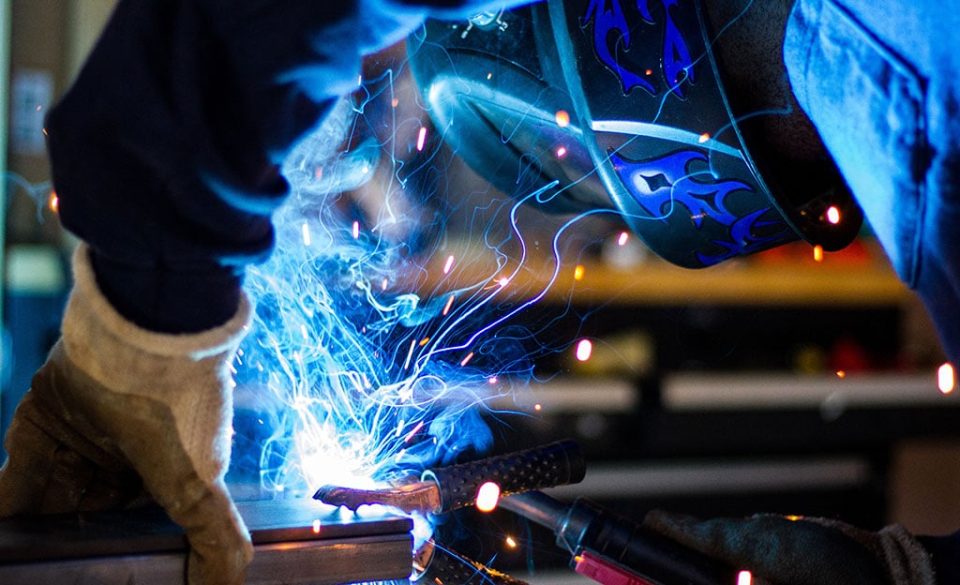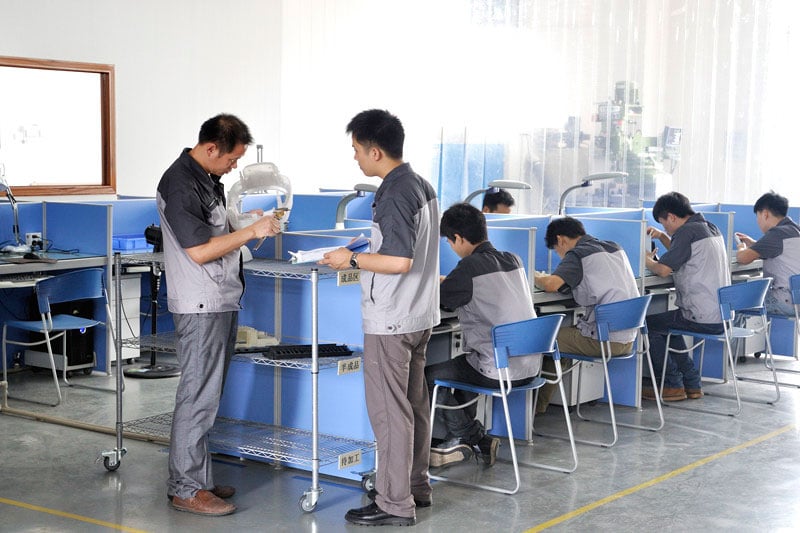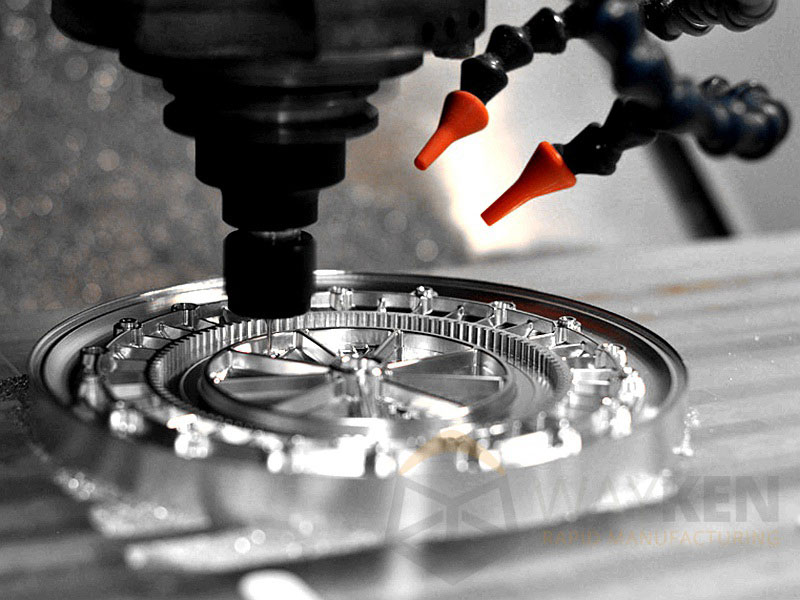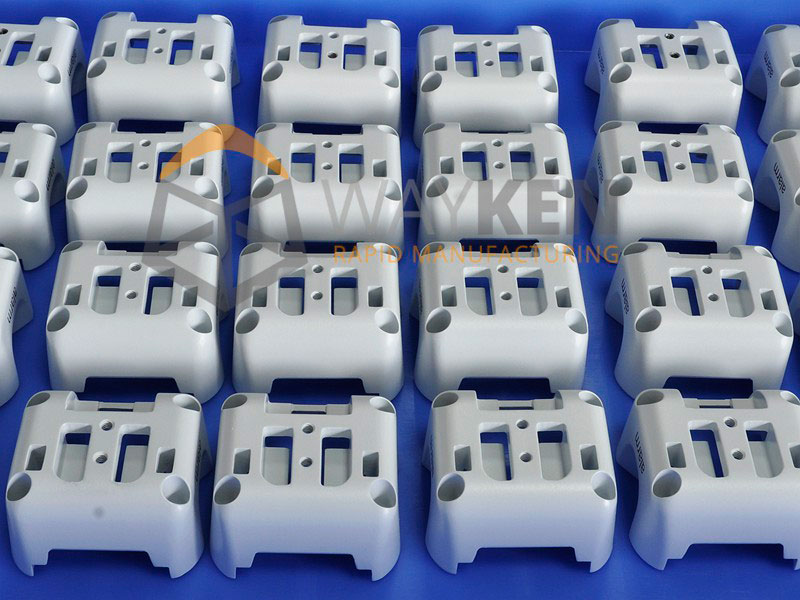Technical Guidance in China CNC Machining

CNC machining is a manufacturing procedure where an automated computer software commands the operation of factory apparatus and machinery. The method can be used in the operation of a wide variety of convoluted tools, from lathes and grinders to routers and mills. With this type of manufacturing procedure, 3D cutting functions can be consummated in a distinct number of prompts.
CNC, which stands for computer numeric control is a procedure that overrides the restraints or disadvantages of a method which is hand operated. In such processes, physical operators are needed to key in and guide the prompts of the machining apparatus through wheels, buttons, and levers.
Once a CNC process is turned on, the much-needed cut is automatically incorporated into the software and prescribed to the matching apparatus or machinery, which then execute the spatial operations as detailed just the same way a robot works.
Most manufacturers in China have resorted to the use of this procedure because of how useful it is compared to the traditional machining techniques. It is known to be the best in the production of various items using materials like plastic, aluminum or even metal.
CNC aluminum machining
More improved techniques of machining aluminum have come into view over the recent years. These methods are the result of aluminum shops looking to make good use of the metal removal rates, reduce cycle periods and minimize machine function requirements. The growth of top speed machining methods, coupled with fast metal extraction strategies, have improved aluminum cutting pace to exceptional feed per tooth speeds.
The other important thing is that aluminum machine shops have reduced planning times and enhanced processes by linking finishing and roughing operations in one pass. These advancements have had a specific effect on the production of aerospace parts, where ever-rising demands for enhanced flight safety have brought about the stringent standards for the features of wall-surfaces that ask for the eradication of machining-pass disparities.
Cooling is essential when it comes to the machining of aluminum. Moreover, indexable manufacturing cutting tools for aluminum need to be refined to stay clear of material accumulation. At increased spinning speeds, there are high chances that the interior acrylic stream, which is inside the tool, might not achieve the leading edge because of the divergent forces.
For that reason, cooling holes should be created with nozzles that point directly towards the cutting edge. In addition, minimum volume lubricant structures have become common for aluminum machining operations because of their less expensive benefits and also their robust and environmentally friendly aspects.

The benefits of aluminum in CNC machining
Aluminum has a wide variety of benefits over materials like steel material in most machining industries. Rapid changes in science and technology over the recent years, as well as the increasing demand from the industrial economy have seen the use of aluminum and parts made from aluminum alloys in most industries, especially the supplying automotive sector. These industries have directly utilized aluminum alloy to act as an alternative to steel, therefore getting more benefits. The following are some of the benefits of aluminum CNC machining.

Easy bending
The aluminum material can be bent easily compared to others like steel. This is because the density of aluminum can make good use of the different types of model. It can be squeezed during processing to attain different shapes.
Easy machining
It is very much easy to machine aluminum materials through punching folding, drilling and other machining processes to come up with a specific shape. The amount of energy used when machining aluminum is less compared to the amount used during the manufacture of steel.
Can stand low temperatures
Steel is very delicate, especially when it is being used in low-temperature environments. This is different for aluminum materials which can be machined under low temperatures with no complications.

CNC prototype machining
In CNC machining, a specific part is produced by machining the mass of a block with the help of digital milling machines. This type of rapid prototyping technology is the best for large-scale production in a situation of functional testing. Plastic is one material that can be machined using this type of prototyping technology. Various options can be used to prototype plastic parts. The most used methodologies include selective laser sintering, fused deposition modeling, stereolithography, 3D printing and laminated object production. They help come up with elements from 3D computer-aided designs. Rapid injection is another prototyping option which works instantly from a 3D computer-aided design with the aid of CNC machining to come up with molded pieces.

Methods used in prototype machining
There are several procedures used in CNC machining to acquire specific shapes. The various processes make use of their own production methods and machines. Some of the favorite techniques used in prototype machining include:
- Prototype turning, which is one of the less complicated machining methods. In this method, the cutting equipment moves in a sequence parallel to the spinning of the axis while the plastic piece keeps rotating.
- Prototype milling, common in milling centers works in spinning movements which can either be horizontal or vertical to the milling equipment.
- Drilling, which is mostly used in metallic items and also wood. It operates in accordance with a hammering force where the drill bit is forced or hit against the surface of a particular part.
Guide to machining plastic parts
First of all you should check on the 3D files. Their evaluation will give you information about the practicability of the work and also the cost. For you to reduce the cost and increase production, the calculation might be tailored to manufacturing capabilities. There are some instances when parts of a 3D file are not achievable in reality nor the assembly of some elements on it may be undertaken in the actual world. Besides, some pieces of the parts on a sketch may not be that similar in reality. Therefore a rough sketch and undercuts are some of the essential things to put into consideration during the design stage, because they can bear either a negative or positive impact.
Bring the best of the CEOWORLD magazine's global journalism to audiences in the United States and around the world. - Add CEOWORLD magazine to your Google News feed.
Follow CEOWORLD magazine headlines on: Google News, LinkedIn, Twitter, and Facebook.
Copyright 2025 The CEOWORLD magazine. All rights reserved. This material (and any extract from it) must not be copied, redistributed or placed on any website, without CEOWORLD magazine' prior written consent. For media queries, please contact: info@ceoworld.biz








